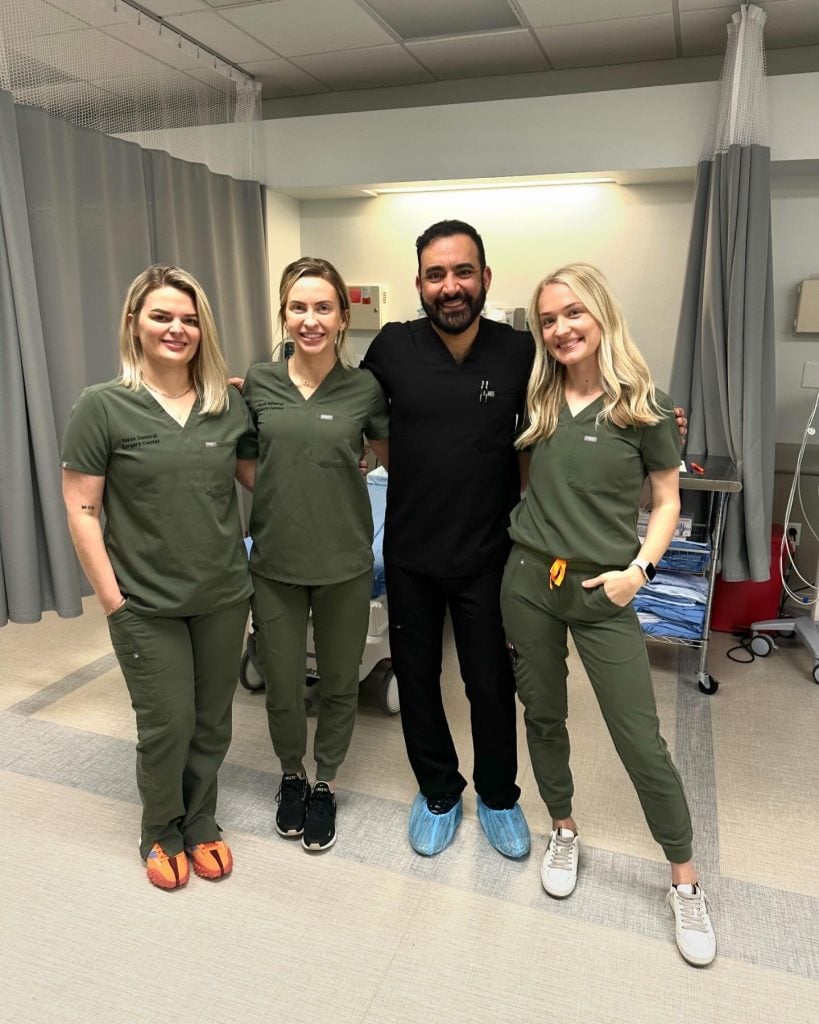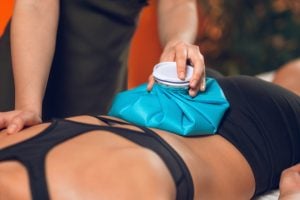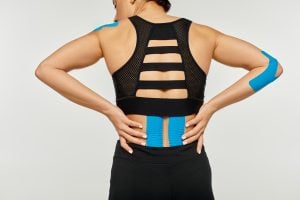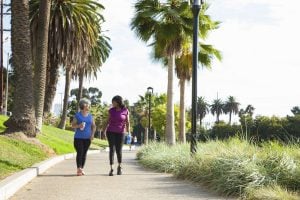Due to active lifestyles, people, especially athletes and sportspersons, often strain their shoulders beyond the level that they can handle. The pain is normally felt at the shoulder’s tip and then radiates toward the upper arm. The condition can severely impact your simple day-to-day tasks. The best way to heal the pain in the shoulder is to rest the muscle and follow exercises to strengthen them.
If the condition is still not healing, your healthcare professional might recommend medications to ease the pain, and in more serious cases, surgery might be the only treatment. However, a lot of people who are suffering from shoulder pain are looking for natural alternatives, which are non-invasive and have fewer risks.
One such safe and effective alternative is Platelet Rich Plasma or PRP therapy, which can increase the range of motion free of pain. PRP injections are often used to treat patients with soft tissue injuries in the shoulder, greatly enhancing the chance of improvement and quality of life.
What are PRP Injections?
PRP injection is a type of regenerative therapy that stimulates the body’s healing abilities and harnesses the natural growth factors in the body to heal a targeted tissue. The process works wonders for shoulder arthritis, biceps tendonitis, and rotator cuff tears.
PRP injections or therapy is a treatment that involves injecting a significant amount of highly concentrated mixture of one’s own blood into soft tissue injuries to stimulate the healing process of the body. Before the treatment, you will undergo a comprehensive examination, including a review of your medical history and symptoms of the condition to confirm the source of your pain.
How does PRP Injection Help in Shoulder Pain?
The platelet-rich plasma contains growth factors, proteins, and cytokines which are injected into the injured or affected area of the shoulder. Plasma is the clear part of the blood sample that facilitates the movement of other blood components, including red blood cells, white blood cells, and platelets.
When you get a cut, your body uses these platelets in your blood to help stop the bleeding. But that’s not it; platelets can also help your body heal and fight infections. They have special properties that can repair tissues and help wounds heal faster. Platelets can also release proteins and growth factors that help your body heal more quickly. That’s why doctors use them to help people recover from injuries and illnesses.
In a nutshell, the healing properties of the PRP injection treatment will stimulate the natural ability of the body to lower the pain by reducing inflammation and increasing the blood flow to achieve prompt and long-lasting relief. It also restores the hyaluronic acid in the soft tissues to keep them functional.
Types of Shoulder Pain That Can Be Healed with PRP Injections
Even if you are not an athlete, it is common to suffer from shoulder pain. Your shoulder is constantly moving throughout the day, despite the type of activity you are engaging in. It makes them more susceptible to different types of injuries and degenerative ailments that result in chronic shoulder pain. PRP injection can provide real relief for the following conditions:
- strains or sprains;
- frozen shoulder;
- tendon tear;
- muscle degeneration;
- bone dislocation;
- bursitis;
- accidental or sports-related Injury;
- tendonitis;
- fractured collarbone and
- osteoarthritis
What Is the Process of PRP Injection Treatment?
Here’s the procedure for PRP injection treatment:
- Blood is drawn from the patient: The doctor will draw a small amount of blood from the patient, usually from their arm.
- Blood is processed: The blood sample is placed in a machine called a centrifuge. This machine spins the blood at high speed, separating it into different components. The platelets are separated from the rest of the blood cells.
- Platelets are concentrated: The platelets are then concentrated into a small volume of plasma, which is the liquid part of the blood.
- Injection: The concentrated platelets, which are rich in growth factors, are then injected into the injured or affected area. The injection site may be numbed with a local anesthetic before the injection.
- Follow-up: The patient may be advised to rest the affected area for a few days after the injection. The doctor may also recommend physical therapy to help with recovery.
The entire process usually takes around 30-45 minutes, and the patient can usually go home the same day.
What Are the Benefits of PRP Injection?
As a reliable treatment for pain, swelling, and discomfort among patients, PRP is one of the modern and non-invasive solutions for shoulder pain. Here are some of the top benefits that can be obtained from the process.
- Minimally Invasive
PRP injections involve a simple process that includes blood extraction, concentrating platelets, and injecting that in the injured area. Unlike surgical procedures, there is no requirement for anesthetization or pain medication to prepare for the treatment.
- Minimal side effects
The procedure has negligible risks and side effects as the injection is prepared from your blood. Your body will not react negatively to the injection that is extracted from itself.
- Promotes rapid tissue repair
Besides a non-invasive therapy, PRP facilitates speedy repair and recovery of the affected tissues. Hence, it is the preferred treatment option for trauma and sporting injuries in athletes.
- Enhances collagen production
PRP injection also stimulates the release of collagen in your body. As a result of the increased production, the presence of collagen will ease the pain in the shoulder, with better mobility.
Final Words
The primary goal of PRP therapy for shoulder pain is to treat the underlying reason for the related soft tissue pain. The therapy makes you less reliant on pain medications and surgery, which may have been associated with potential long-term side effects. Apart from PRP, you can also opt for physical therapy for pain management for better recovery.
FAQs Related To PRP Treatment
- Is PRP treatment effective?
Several studies have proved that PRP treatment improves the healing of soft tissues and bone. It shows promising and positive results when used in the treatment of rotator cuff tears. In addition, the injected platelets are created from your own blood, which is considered a relatively low-risk option with no concerns for disease transmission or rejections.
- What is the recovery time of PRP injection treatment?
PRP injection therapy will take around 30 minutes. After the treatment, gentle activity and ample rest should be followed for the first 48 hours. Then you can resume your normal activities and start rehabilitation exercises recommended by the physiotherapist.
- What to expect after PRP injection treatment?
Since PRP injections tend to promote the healing and regeneration of tissues, you may not notice an instant difference in your shoulder pain after receiving the injections. However, in a few weeks or months, the affected shoulder will heal with low and steady progress.
Here are some changes to expect after the treatment:
- You may experience minimal pain or soreness around the affected area for some time. Any bruising around the area is also temporary and will fade in a few days.
- A moderate level of discomfort is common after 3 -5 of the procedure. Taking simple pain medications prescribed by your healthcare professional can help manage the discomfort.
- The typical period to experience the maximum results is after 6 to 9 months following the therapy.
- Based on the type of condition and results, a series of one/more PRP injections might be recommended.


